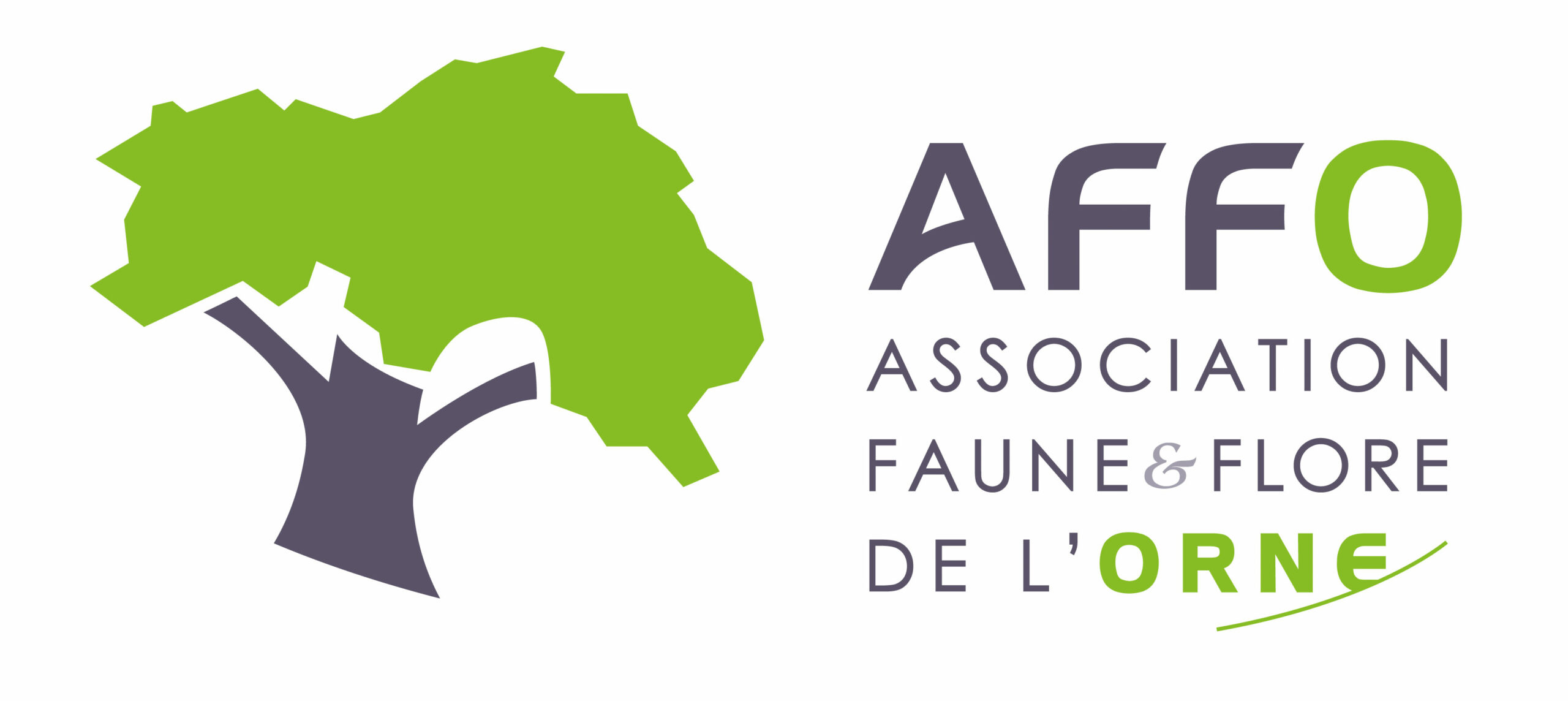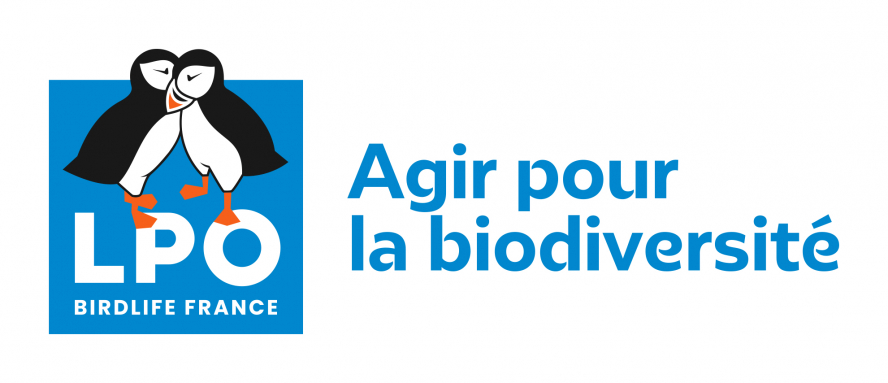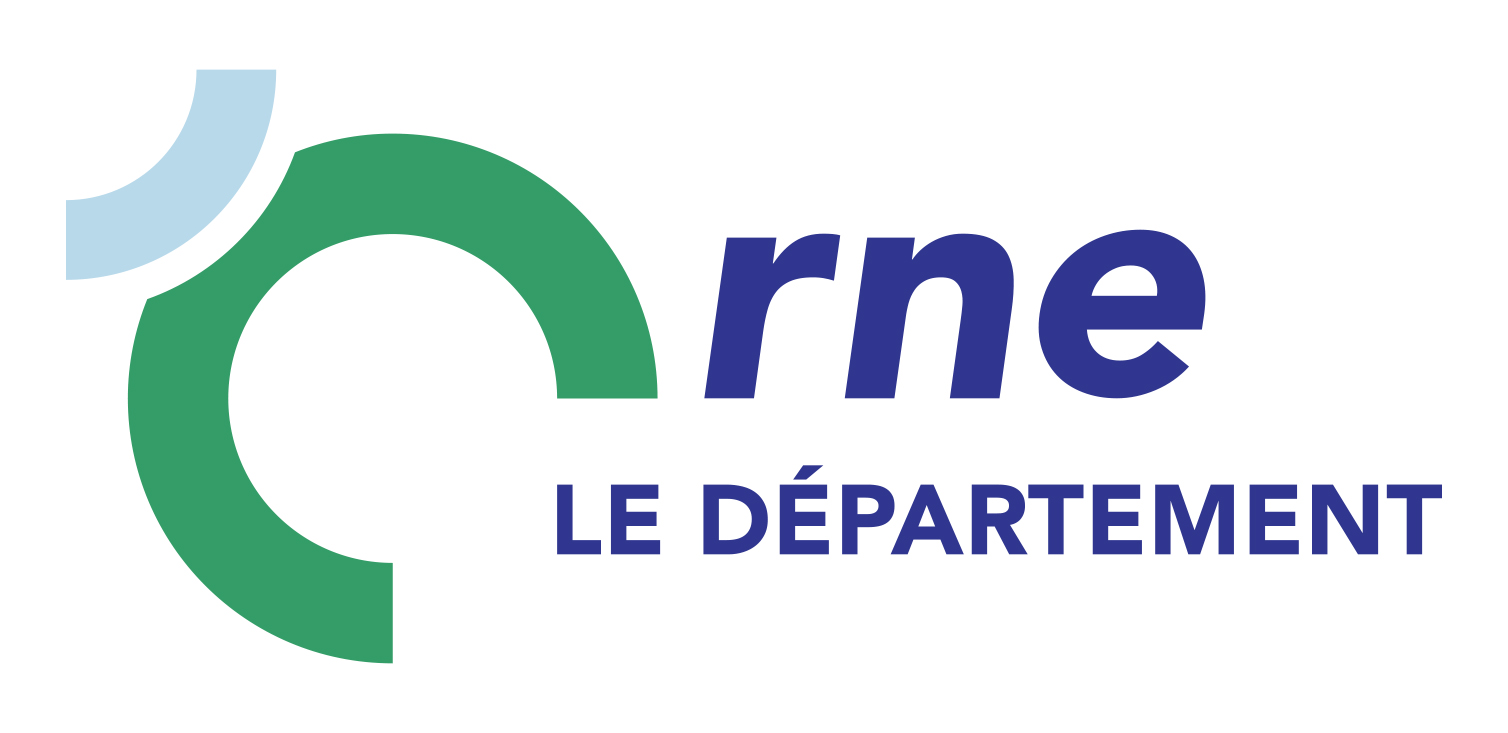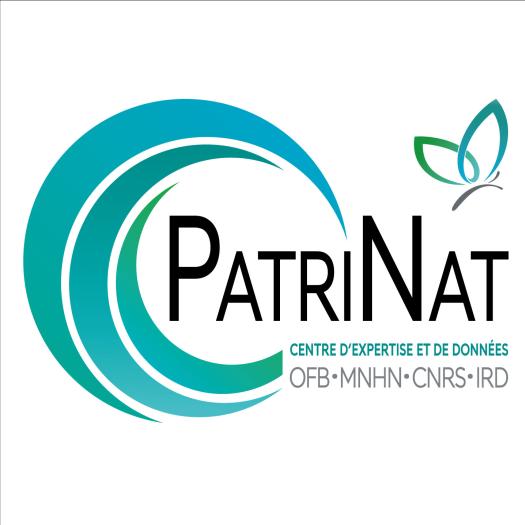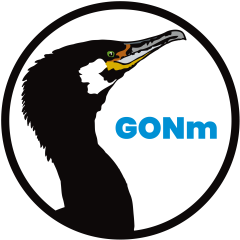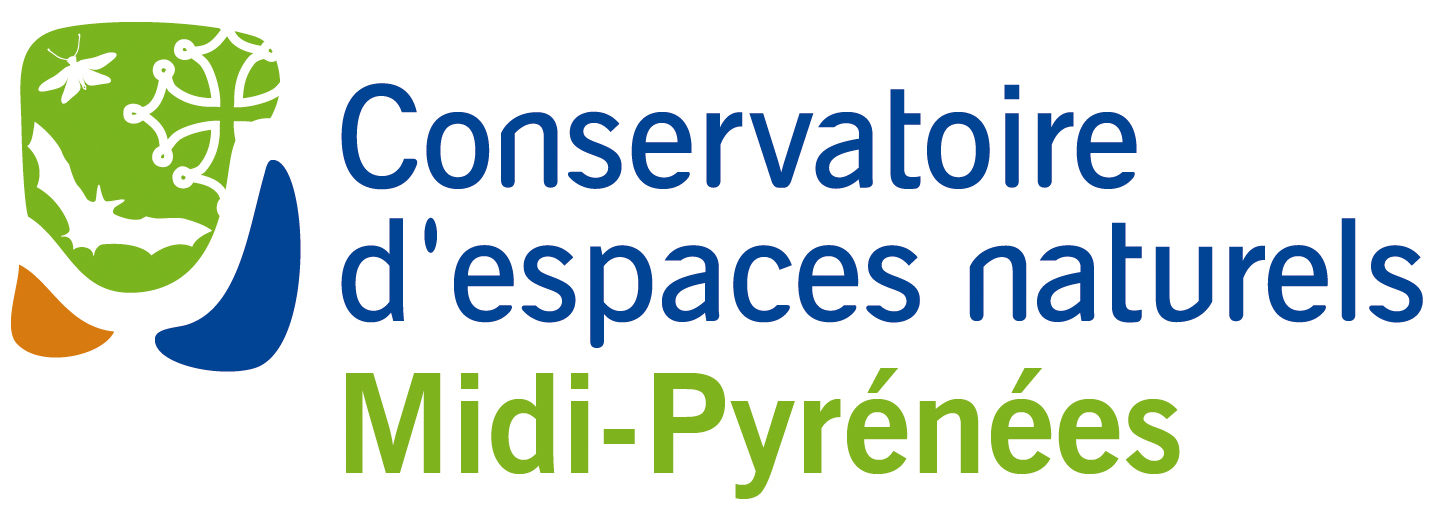- 185 observations
-
68
communes -
52
observateurs
21
organismes -
Première observation
1969 -
Dernière observation
2025
Alençon - Appenai-sous-Bellême - Aunay-les-Bois - Aunou-sur-Orne - Avernes-Saint-Gourgon - Bagnoles de l'Orne Normandie - Barville - Boischampré - Bretoncelles - Briouze - Buré - Bures - Ceton - Corbon - Courgeon - Courgeoût - Cour-Maugis sur Huisne - Crulai - Domfront en Poiraie - Essay - Fleuré - Gouffern en Auge - Héloup - La Chapelle-près-Sées - La Ferrière-Béchet - La Ferrière-Bochard - La Gonfrière - Lalacelle - La Lande-de-Goult - Le Bouillon - Le Cercueil - Le Grais - Le Mage - Le Ménil-Broût - Les Ventes-de-Bourse - L'Hôme-Chamondot - Longny les Villages - Lonlay-l'Abbaye - Lonlay-le-Tesson - Lonrai - L'Orée-d'Écouves - Mauves-sur-Huisne - Montmerrei - Montreuil-la-Cambe - Mortrée - Neauphe-sous-Essai - Orgères - Origny-le-Roux - Perche en Nocé - Pervenchères - Rémalard en Perche - Réveillon - Sablons sur Huisne - Saint-Aubin-de-Courteraie - Saint-Céneri-le-Gérei - Saint-Denis-sur-Sarthon - Saint-Germain-du-Corbéis - Saint-Hilaire-de-Briouze - Saint-Hilaire-sur-Erre - Saint-Jouin-de-Blavou - Saint-Léger-sur-Sarthe - Saint-Martin-du-Vieux-Bellême - Saint-Philbert-sur-Orne - Sarceaux - Sées - Soligny-la-Trappe - Suré - Val-au-Perche
-
Association Faune & Flore de l'Orne (AFFO)
Participation à 63 Observations
Part d'aide à la prospection : 34.05 %
Fiche organisme
-
PNR du Perche
Participation à 38 Observations
Part d'aide à la prospection : 20.54 %
Fiche organisme
-
Ministère de la Transition écologique et de la Cohésion des territoires
Participation à 27 Observations
Part d'aide à la prospection : 14.59 %
Fiche organisme
-
PNR et géoparc mondial UNESCO Normandie-Maine
Participation à 18 Observations
Part d'aide à la prospection : 9.73 %
Fiche organisme
-
Muséum national d'Histoire naturelle (MNHN)
Participation à 18 Observations
Part d'aide à la prospection : 9.73 %
Fiche organisme
-
Conseil départemental de l'Orne (bureau ENS)
Participation à 17 Observations
Part d'aide à la prospection : 9.19 %
Fiche organisme
-
UMS PatriNat (OFB-CNRS-MNHN)
Participation à 17 Observations
Part d'aide à la prospection : 9.19 %
Fiche organisme
-
Groupe Ornithologique Normand (GONm)
Participation à 8 Observations
Part d'aide à la prospection : 4.32 %
Fiche organisme
-
Société d'études ornithologiques de France (SEOF)
Participation à 8 Observations
Part d'aide à la prospection : 4.32 %
Fiche organisme
-
Groupe Sarthois Ornithologique (GSO)
Participation à 7 Observations
Part d'aide à la prospection : 3.78 %
Fiche organisme
-
Mayenne Nature Environnement (MNE)
Participation à 7 Observations
Part d'aide à la prospection : 3.78 %
Fiche organisme
-
Eole Champagne Conlinoise
Participation à 4 Observations
Part d'aide à la prospection : 2.16 %
Fiche organisme
-
Peter Stallegger (Consultant Environnement)
Participation à 2 Observations
Part d'aide à la prospection : 1.08 %
Fiche organisme
-
Champ éolien des Plaines du Dunois
Participation à 1 Observation
Part d'aide à la prospection : 0.54 %
Fiche organisme
-
Système mondial d’information sur la biodiversité (GBIF)
Participation à 1 Observation
Part d'aide à la prospection : 0.54 %
Fiche organisme
-
Conservatoire d'espaces naturels de Midi-Pyrénées (CEN MP)
Participation à 1 Observation
Part d'aide à la prospection : 0.54 %
Fiche organisme
-
SUEZ RV NORMANDIE
Participation à 1 Observation
Part d'aide à la prospection : 0.54 %
Fiche organisme
-
Office national des forêts (ONF)
Participation à 1 Observation
Part d'aide à la prospection : 0.54 %
Fiche organisme
-
Habitants-bénévoles
Participation à 1 Observation
Part d'aide à la prospection : 0.54 %
Fiche organisme
Informations espèce
Répartition actuelle en France métropolitaine
© INPN - Avertissement : les données visualisables reflètent l'état d'avancement des connaissances et/ou la disponibilité des données existantes au niveau national : elles ne peuvent en aucun cas être considérées comme exhaustives.
Répartition actuelle dans le monde
Avertissement : les données visualisables reflètent l'état d'avancement des connaissances et/ou la disponibilité des données existantes au niveau mondial : elles ne peuvent en aucun cas être considérées comme exhaustives.







